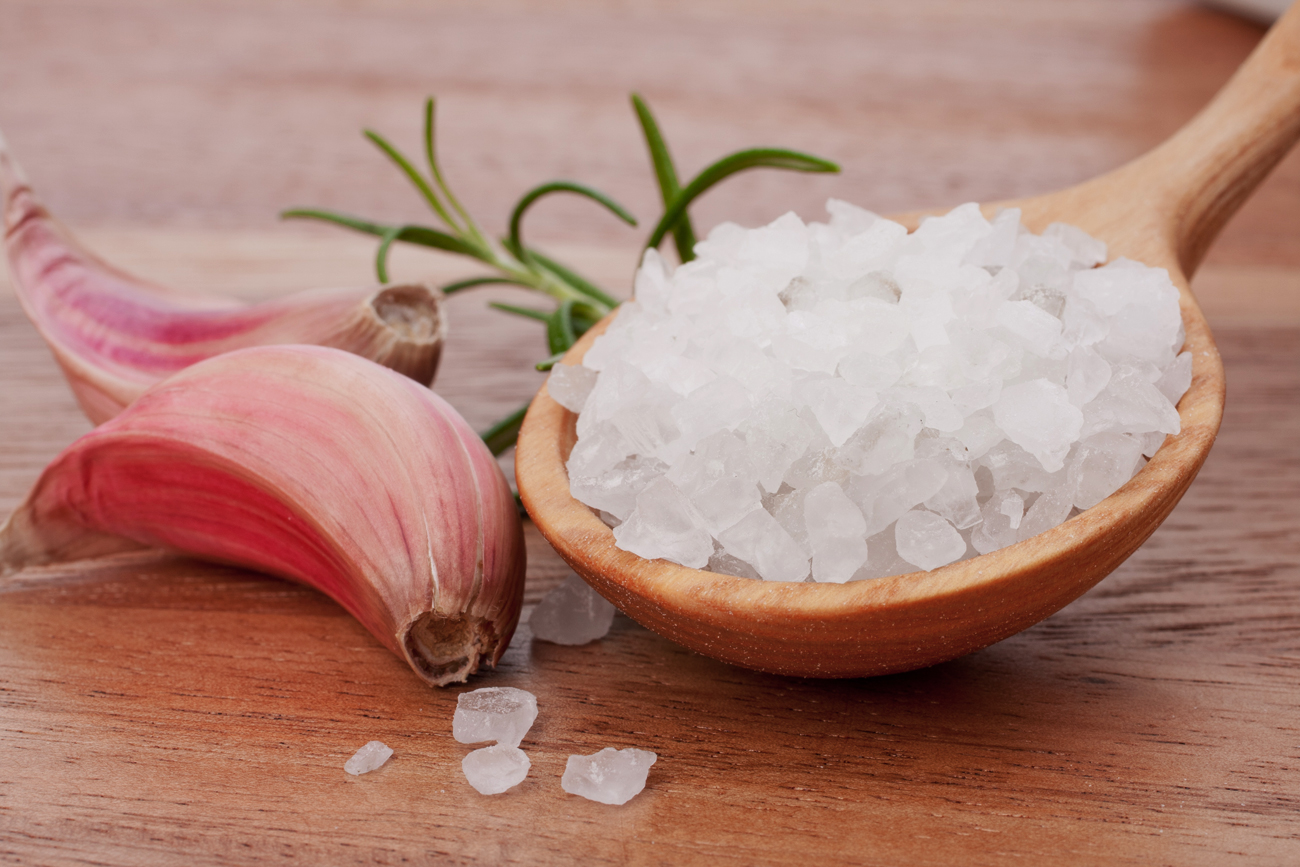
Why do Russians place such a high value on salt?
Vostock-PhotoBread and salt in many ways could be considered the national foods of Russia, and they factor prominently in traditional hospitality. Guests are welcomed with bread and salt, and a close friend is someone with whom you have eating a “pud” (35 lbs) of salt. At Russian weddings, the bride and the groom traditionally bite off a big piece of a karavai, a kind of round bread, dredged with salt.
There are many Russian proverbs about salt. “Nesolono khlebavshi” (eating unsalted food) means that you haven’t achieved your goal; “Bez soli i khleba khudaya beseda” (talking is bad without bread and salt) — no agreement can be reached without the crucial ingredients. “Ot khleba i soli i razboynik podobreet” — even a rogue will become mellow with bread and salt. “Yesh soloney, budet zhizn’ veseley” — eat more salt, and your life will become merrier.
Salt was clearly a valuable commodity. Until only recently, salt manufacturing was a difficult and labor-intensive process. This backbreaking labor made its way into classic Russian literature; the writers Nikolai Nekrasov and Maxim Gorky describe this drudgery in their works.
The first mention of salt production in Russia dates from the 9th century. The first saltworks were located in Pomorye in the Russian North. Later, mines were opened at the Kama River, and after the Khanates of Sibir and Astrakhan became part of Russia, salt production began in those territories as well.
Caravans filled with salt moved throughout the country. Salt was also transported by rivers. There is a theory that the barge haulers in Ilya Repin’s renowned visual masterpiece Barge Haulers on the Volga were towing a barge laden with salt.
Many towns arose alongside the saltworks, and this fact is reflected in their names, which contain the world “sol” (“salt”): Solikamsk, Soligalich, Solvychegodsk, Usolye and Krasnousolsk.Salt was a symbol of wealth and power. The merchant families who controlled salt production were rewarded with an income comparable to that of those involved in the fur and jewelry trades. The authorities sought to get their cut of the salt profits by levying taxes on it and restricting export. For many years, exporting salt from Russia was illegal. A special decree was issued making exporting salt a crime on par with stealing from the state treasury. In the 17th century, restrictions on salt led to a series of civilian riots throughout Russia — the salt rebellion. The salt tax was completely abolished at the end of the 19th century; only after that time did salt become affordable.
The admiration for salt, however, remained. A person who spills it should throw one pinch behind his left shoulder to avoid quarrels or disasters. According to tradition, demons may sit behind the left shoulder, which could cause you innumerable troubles. Disaster can be avoided by striking the demon’s eyes with salt.
Scientists have parsed other superstitions. For two people to consume the requisite 35 lbs of salt, they do indeed need to be close friends. The average person eats about six pounds of salt a year, so two people would need to dine together practically every day for almost three years to achieve this goal.
All rights reserved by Rossiyskaya Gazeta.
Subscribe
to our newsletter!
Get the week's best stories straight to your inbox